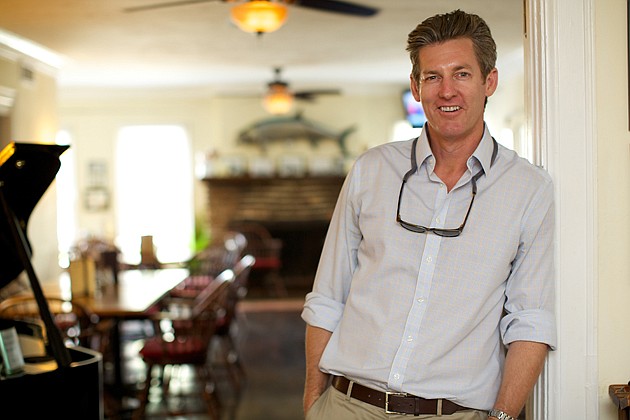- December 15, 2025
-
-
Loading

Loading

One of the keys to the success of Tarpon Lodge is its name.
Evoking Florida's past as an untamed destination for big-game fishermen, Tarpon Lodge on secluded Pine Island has filled its rooms every weekend from President's Day to Easter. The average waterfront room rate is $185, equivalent to what some hotels on the better-known island of Sanibel charge.
“We're making a calculated bet that people are looking for throwbacks,” says Robert Wells, III, whose family converted the lodge from a substance-abuse rehab center in 1999.